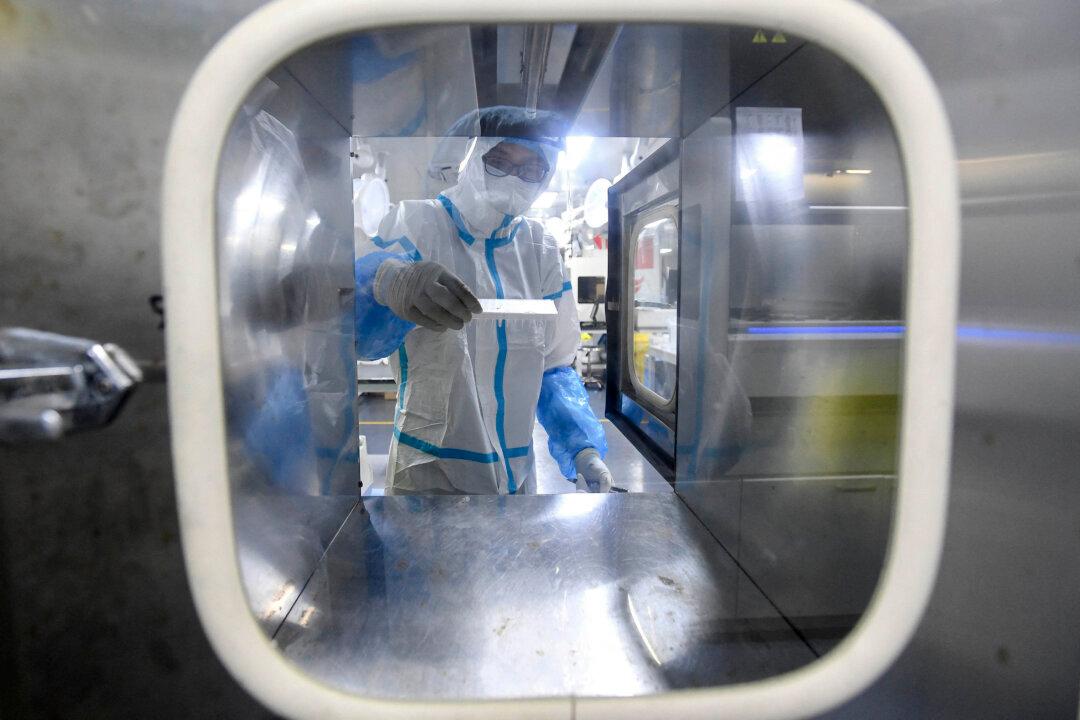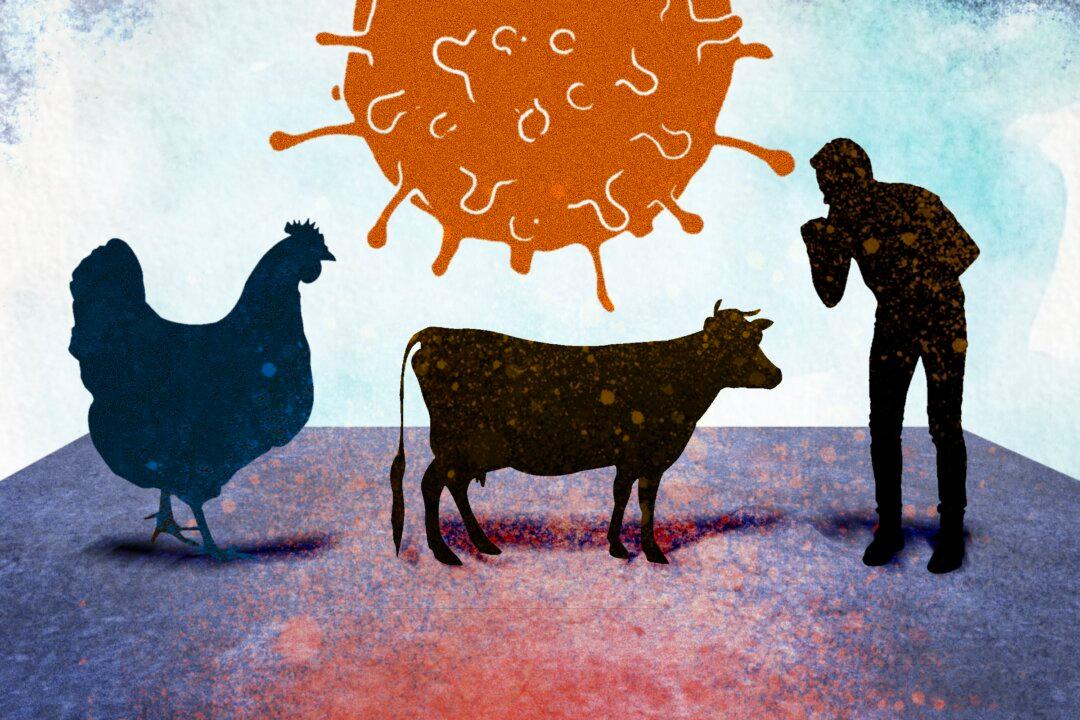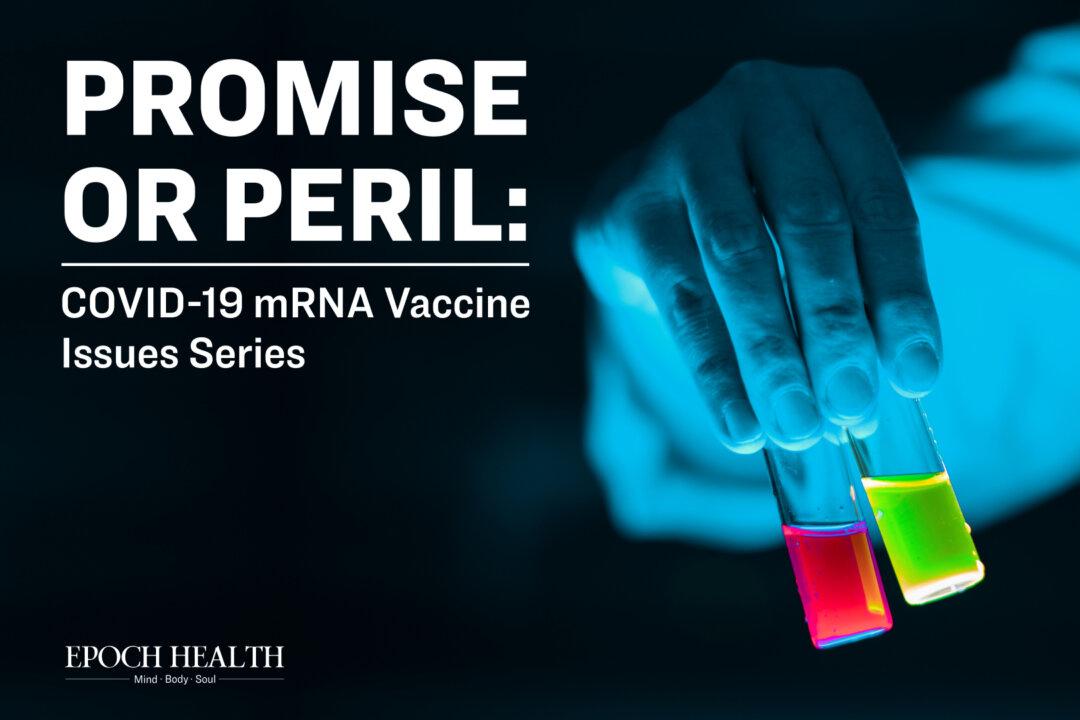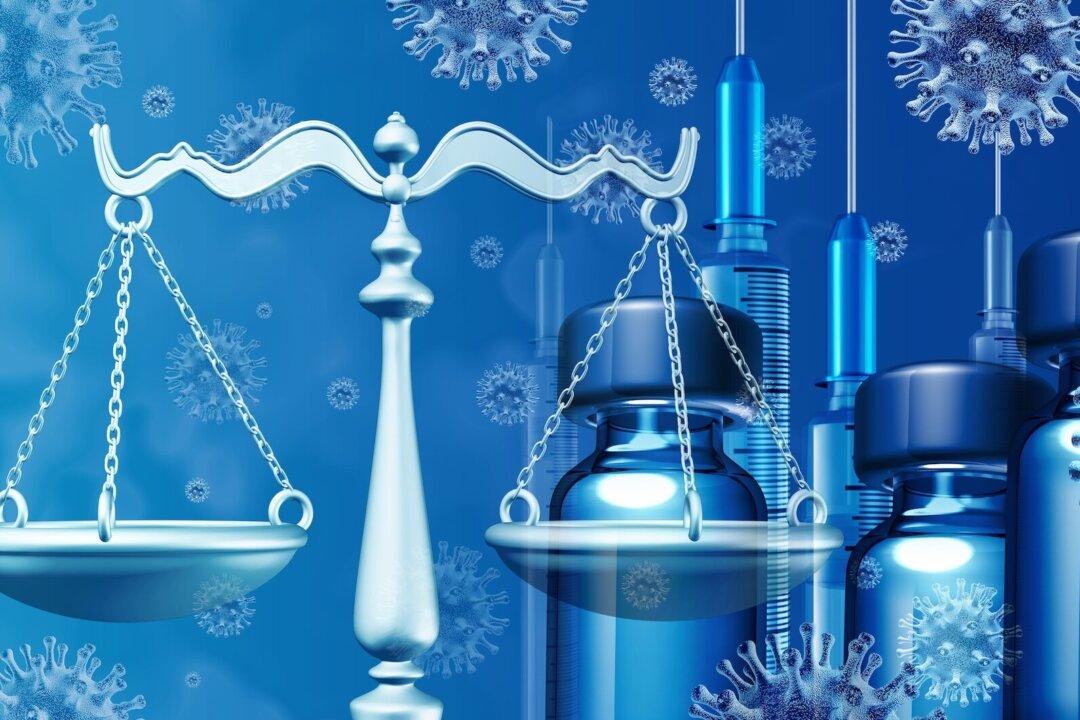Recently, adverse brain and neurological events brought about by vaccination are gradually attracting the attention of scientists. What adverse neurological events are known to be induced by vaccination?
In May 2022, several French and Swiss neurologists and virologists published a preprint research report of their study. In this study, they found a rare brain disease with an extremely high mortality rate, which emerged after COVID-19 vaccination. The original report was recently retracted and resubmitted by the authors.






